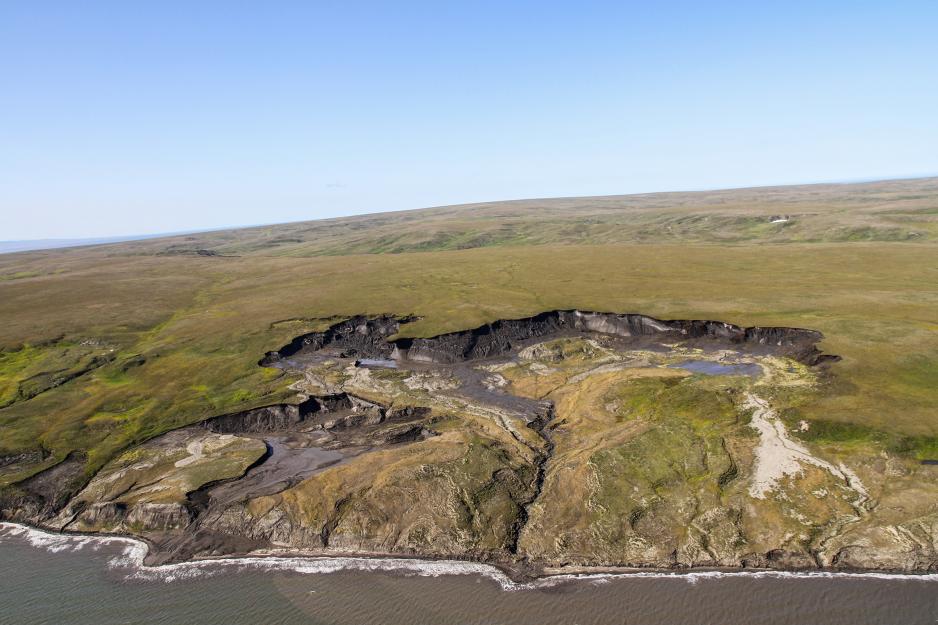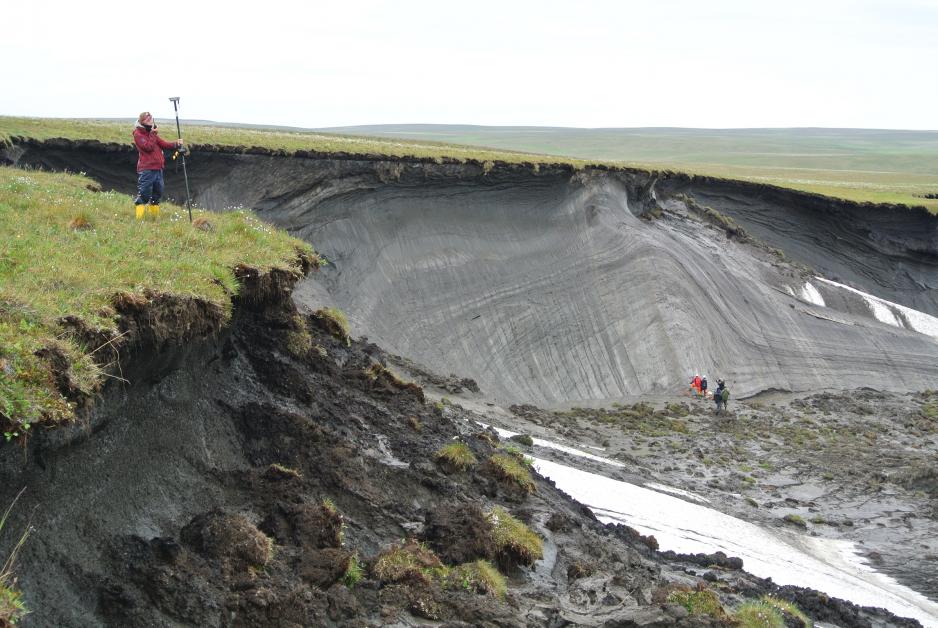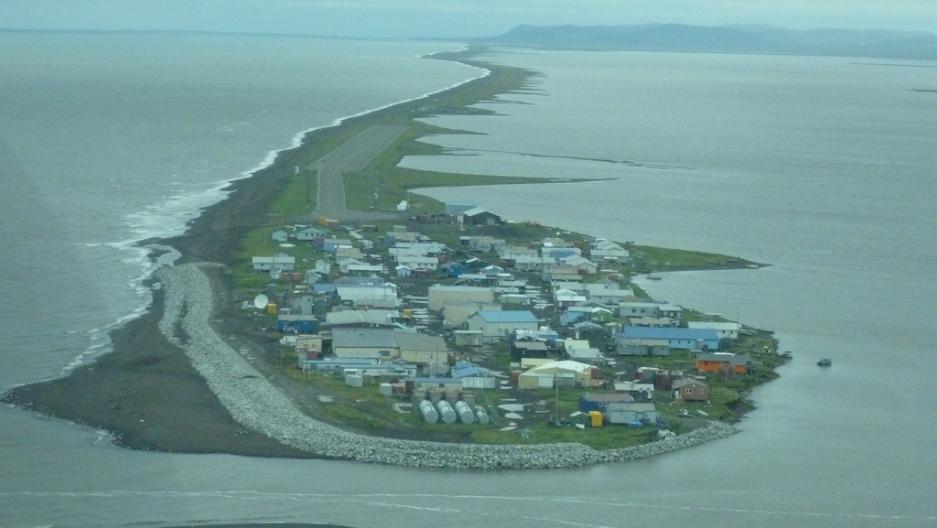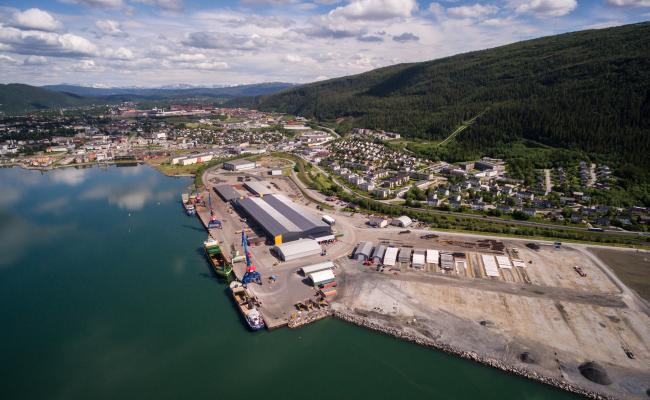International Research Project to Map Permafrost Lost in Greater Detail

Scientists from 28 research institutions in 12 primarily European countries will spend the next five years investigating the environmental and social impacts of thawing permafrost.
Scientists from 28 research institutions in 12 primarily European countries will spend the next five years investigating the environmental and social impacts of thawing permafrost as part of a €11.5 million EU project.
In addition to studying how permafrost is being lost in different areas, and its potential contribution to global warming, the Nunataryuk project will also work with communities that are directly affected by the changes to come up with strategies for responding to them.
Scientists have long been aware that the organic matter trapped in permafrost could degrade if the temperature of the soil rises above freezing, releasing carbon dioxide and methane, two greenhouse gasses.
Immense problem
But, without a full understanding of the science behind thawing permafrost, it is difficult to calculate its full impact. One recent study, conducted in the Mackenzie Delta in Canada and reported about in the journal Scientific Reports in July, found that while permafrost lies beneath just 1 % of the area included in the study, it was responsible for 17 % of the total emissions recorded.
Even without reliable predictions (the authors of the Mackenzie Delta paper admitted any estimate was “speculative”), thawing permafrost poses a potentially immense problem: permafrost lies under 25% of the Northern Hemisphere and can extend to a depth of 1,500m.
That, according to AWI, the German research outfit that will lead the Nunataryuk project, makes understanding the effects of thawing a “global issue”.

On some parts of its coastline, Herschel Island is losing two metres of newly thawed coastal soil to erosion each year (Photo: Boris Radosavljevic)
Too great for local governments
For now, most permafrost remains frozen, but in areas where thawing has taken place, the economic and social impacts have been massive.
Earlier this month, for example, a study by the Northwest Territories Association of Communities, which includes representation from local governments, concluded that thawing permafrost in the territory already causes C$51 million (€33.5 million) worth of damage to public infrastructure every year.
A problem of that scale, organisation spokesperson Sara Brown told the CBC, a broadcaster, is too great for local and even territorial governments to manage.
$400 million
And in Alaska, the US Army Corps of Engineers, a federal agency primarily responsible for protecting America’s coasts and waterways, estimates that the impending relocation of the coastal village of Kivalina, Alaska (population 400) will surpass $400 million (€337 million).
A part of the problem when it comes to studying permafrost is that scientists have previously assumed that it was all thawing equally, according to Hughes Lantuit, of AWI.
“The models view the permafrost as a uniform field, thawing from the top down, but that is too simple,” Mr Lantuit said in a statement issued in connection with the programme’s announcement earlier this month.
What is permafrost? What happens when permafrost thaws? This animation from the Alfred Wegener Institute answers these questions.
Coastal erosion
The Nunataryuk project will seek to add more detail to the picture of permafrost thawing, in part by focusing closely on coastal erosion. As with other areas where thawing permafrost is a problem, coastal thawing puts nearby housing, roads, pipes and other infrastructure at risk. Rising temperatures, thawing soil and increasingly destructive storms are causing some Arctic coastlines to recede by as much as two metres a year.
This poses another potential problem, because when the coast erodes, the soil that is lost is washed out to sea alters the nutrient balance. It is unknown whether this will harm wildlife in the long term, but Mr Lantuit reckons that it will contribute to the thaw of underwater permafrost, further threatening coastlines and adding additional greenhouse gasses to the atmosphere.
Permafrost-loss is a process scientists reckon cannot be addressed on a human time scale. Once the process begins, the only option for people whose communities are built on permafrost will be to move to another location. The scientists involved in the Nunataryuk project plan to work with people living in permafrost areas to map changes on a more local scale than is currently possible.
Ultimately, they hope to be able to point out locations where affected communities can find soil that will remain frozen beneath their feet.

The village of Kivalina, Alaska, is expected to succumb to coastal erosion within a decade (Photo: Relocate Kivalina)


